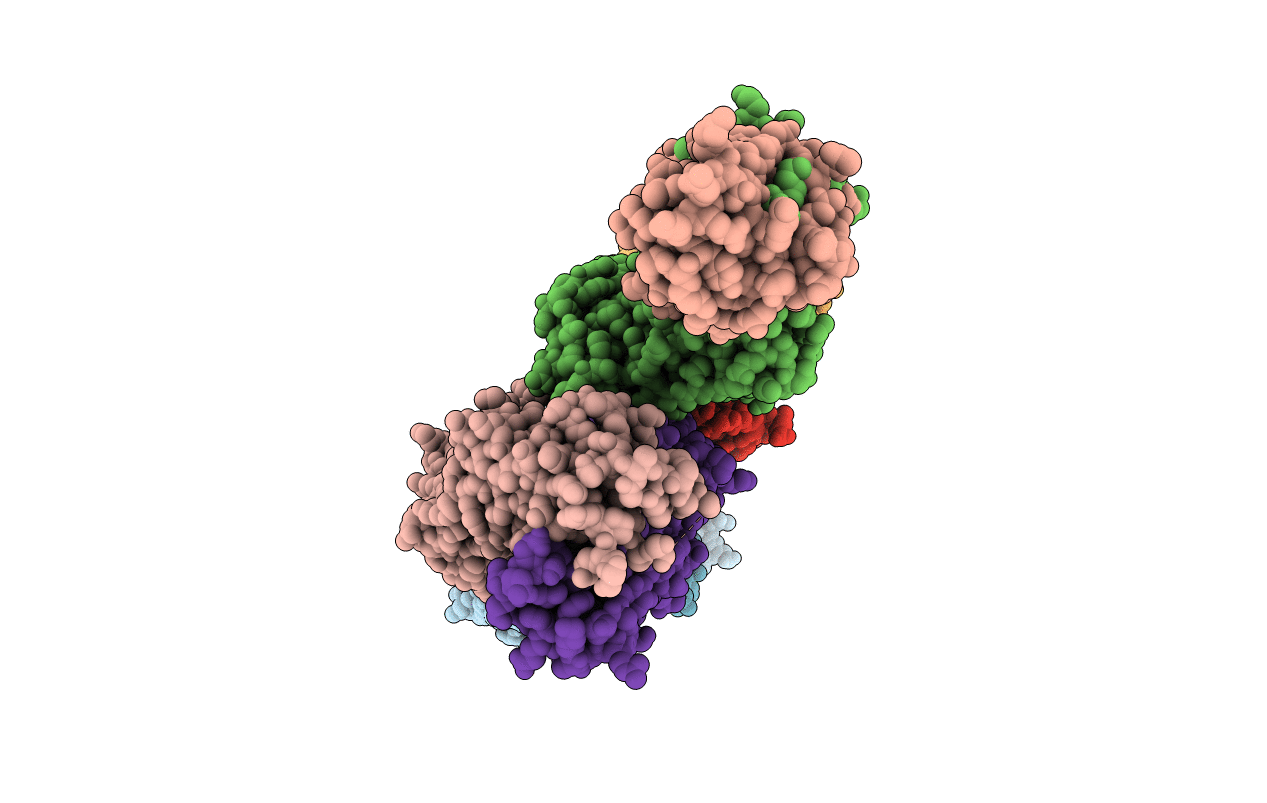
Deposition Date
2018-10-03
Release Date
2018-10-24
Last Version Date
2024-10-30
Entry Detail
PDB ID:
6II4
Keywords:
Title:
Crystal structure of H7 hemagglutinin from A/Anhui/1/2013 in complex with a human neutralizing antibody L4A-14
Biological Source:
Source Organism:
Influenza A virus (Taxon ID: 1386076)
Influenza A virus (Taxon ID: 1663875)
Homo sapiens (Taxon ID: 9606)
Influenza A virus (Taxon ID: 1663875)
Homo sapiens (Taxon ID: 9606)
Host Organism:
Method Details:
Experimental Method:
Resolution:
3.30 Å
R-Value Free:
0.27
R-Value Work:
0.22
R-Value Observed:
0.22
Space Group:
H 3


